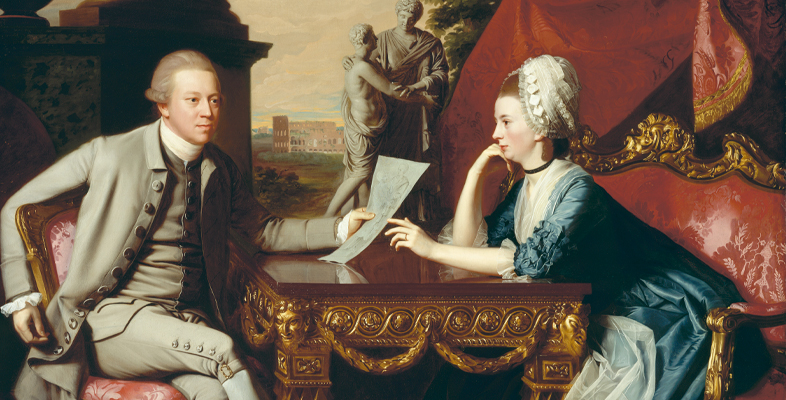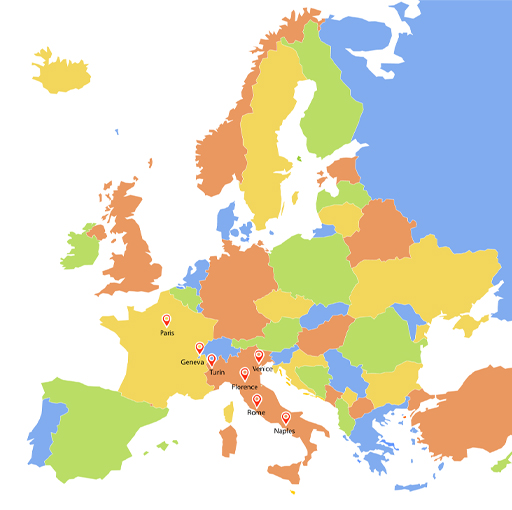1.5 What was the Grand Tour?
This complicated layering of the Colosseum’s meanings is just one way of explaining the rise of a phenomenon like the Grand Tour. An encounter with the ruined amphitheatre was not just a chance to see a Roman building – it was an opportunity to contemplate what the ancient world meant on a much wider scale. For many centuries – certainly from the Middle Ages through to just before the First World War – classical art and literature were deemed by many in the West to be high points of cultural achievement. Renaissance artists across Europe, for example, would study classical sculpture and attempt to imitate its forms, while the educated elite (the vast majority of whom were men) would have at least some command of Greek and Latin and would be well-versed in classical literature by authors such as Homer, Virgil, Horace and Ovid.
For a long time, encounters with classical antiquity were only possible through texts, or by already being in places where its physical remains were still visible – one reason why Italy, with its ready supply of ancient ruins and fragments of sculpture, was the birthplace of the Renaissance. But by the late seventeenth century, it was increasingly possible for the educated elite to travel across Europe in order to witness the splendours of antiquity, alongside other cultural highlights, first-hand. The Grand Tour flourished especially from the early eighteenth century through to the early nineteenth (although it is important to note that these kinds of journeys around Europe certainly continued for the rest of the nineteenth century and beyond, but with different kinds of travellers, and different motivations and contexts for the trips). On coming of age at 21, it became fashionable for aristocratic young men to complete their educations by spending some years travelling. Other travellers were not, of course, precluded from taking these sorts of trips – as you will see in the Art History section – but the Grand Tour as an idea was typically identified with young men. The itinerary would depend on one’s starting point, but it would often take in many of the locations marked on the map below, culminating in a visit to Rome.
What did being a ‘tourist’ of this kind mean? Many Grand Tour travellers would certainly have been motivated by the opportunity to encounter classical antiquity, to admire its ruins and artworks, and to reflect on their meanings, particularly in Rome. But it was also an important way of shaping cultural identity, for besides any intellectual pretensions, partaking in the Grand Tour was a signal of elite status. Visitors might commemorate their Tour and proclaim that status by commissioning the kinds of portraits you can study in the next section on Art History, as well as shipping home artworks and artefacts to adorn the interiors and grounds of their country houses. The evidence of this practice is scattered through guidebooks, in travel writing published and unpublished, and in the poetry and other literary reflections that you’ll sample in the English Literature and Creative Writing sections. As you progress through this course, you’ll see how the Grand Tour demonstrated the significance of ancient cultures well into the modern era.

